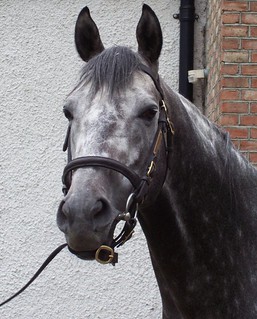 |
| Milton C. Toby photo |
Book reviews come with an inherent contradiction that I have never managed to sort out to my satisfaction. We love the good reviews and pass
them around shamelessly to anyone who’ll pay attention, while hating and
hiding, as best we can, the bad ones. The mostly unspoken assumption is that
the author of a favorable review is erudite, intelligent, and discriminating, a
literary heavyweight whose opinion matters. A bad review, on the other hand,
almost certainly was written by a person residing somewhere south of us on the
evolutionary scale, a knuckle-dragger whose opinion can be safely ignored.
But does the perceived distinction
between a good review and a bad one actually make sense? Probably not. (I’m
ignoring the trolls who surf the internet and post scathing reviews just for
the sake of making authors miserable. The trolls truly are the bottom-feeders of social media!)
I enjoy a good review as much as
anyone, but the satisfaction is fleeting. The critical reviews, on the other hand, have been far more
valuable.
Dance’s
Image: The Forgotten Story of the 1968 Kentucky Derby, was an award winner
with positive reviews—all except one. In a post-Derby epilogue I
summarized the career of Hall of Fame jockey Bobby Ussery, who won the 1967
Kentucky Derby with longshot Proud Clarion and who finished first in the 1968
running. Although Dancer’s Image subsequently was disqualified for a
controversial medication positive, Bobby Ussery still thinks of himself
(rightly in my opinion) as the winner of back-to-back runnings of the most
famous race in the world. I named the other back-to-back winners—it’s s short
list—but in the process somehow managed to leave out the most obvious one, Ron
Turcotte, rider of Riva Ridge and Secretariat.
 |
| The 1968 Kentucky Derby George Featherston/Keeneland Library photo |
One Amazon reviewer who happened to
be a big fan of Turcotte’s took me to task over the omission. Getting a fact
wrong is the kiss of death for a nonfiction author, and I was annoyed and
suitably humbled by the one-star review. But I got over it. The bad review
hurt, but it gave me the opportunity to correct the error for the book’s second
printing.
A "good book, but . . ." review for Noor:
A Champion Thoroughbred’s Unlikely Journey from California to Kentucky,
proved to be even more valuable. The reviewer pointed out a couple of minor—but annoying nonetheless—factual errors. The review again gave me the opportunity to have
the errors corrected, but it also demonstrated a fundamental shortcoming in my writing process.
I needed an independent
fact-checker who knew the minutia of Thoroughbred racing and who was willing to
pick through a manuscript with an eye for errors that neither I nor my advance
readers noticed. I contacted the reviewer, thanked her for pointing out the
issues with Noor, and asked her to
check the facts in my next book, Cañonero
II: The Rags to Riches Story of the Kentucky Derby’s Most Improbable Winner.
She did a great job vetting the facts in Cañonero
II and has agreed to serve as fact-checker on a book my agent is shopping
around now, a history of racing’s addiction to performance enhancing drugs. I
never would have connected with Val if not for a critical review.
In the end, a book review—good, bad, or
indifferent—is what it is, one person’s opinion that we as authors can do with
as we please.
Lord
of the Rings author J.R.R. Tolkien perhaps said it best:
“Some who have read the book, or at
any rate have reviewed it, have found it boring, absurd, or contemptible, and I
have no cause to complain, since I have similar opinions of their works, or of
the kinds of writing that they evidently prefer.”
If you’re an author, how do you
balance the good reviews with the bad? If you’re a reader, how important are
reviews to your book selections?
















